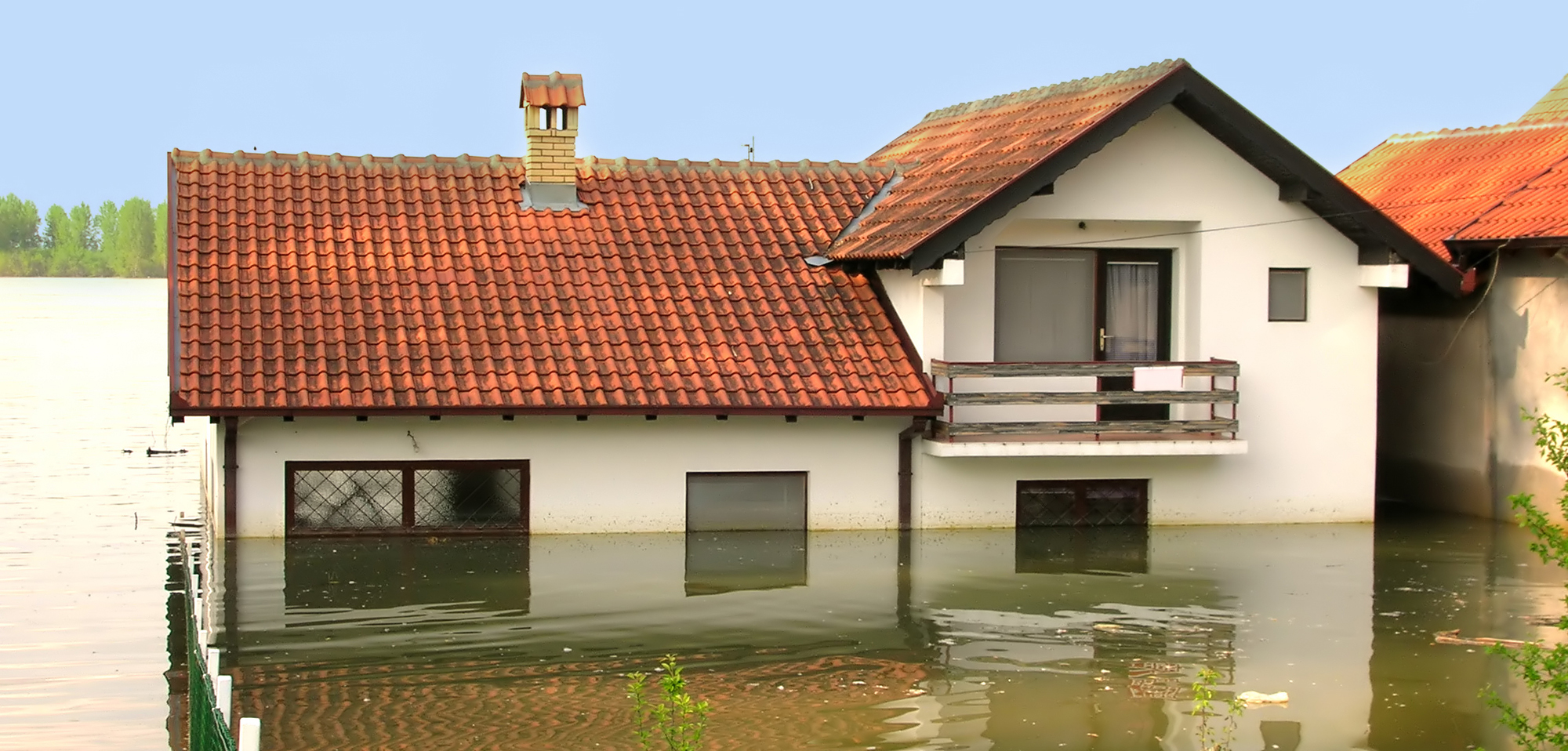
What is Flood Insurance?
If your home isn’t protected against floods, you are not alone. Only 12 percent of U.S. homeowners have flood insurance, according to a 2016 poll conducted by the Insurance Information Institute. Are the remaining 88 percent just betting that a flood won’t hit their homes? Or do they mistakenly believe their homeowners policy offers protection against a flood? In either case, there’s a strong argument to get better informed.
What Does Flood Insurance Cover?
So, what may a flood policy help protect? FEMA says you can purchase coverage to help protect your home, your personal belongings, or both. Here are some of the basics for these two types of coverage:
Building property coverage
- What it may help protect: The physical structure of your home and its foundation; plumbing and electrical systems; central air and heating systems; attached bookcases, cabinets and paneling; and a detached garage (other detached structures need their own policy).
- How it typically pays out: Replacement cost basis (what it would take to repair the home in today’s dollars) for a primary residence and actual cash value for a vacation home.
- Maximum coverage limit: $250,000
Personal contents coverage
- What it may help protect: Clothing, furniture and electronics; curtains; some portable appliances; freezers and the foods within them; and certain valuables like art (up to a specified limit).
- How it typically pays out: Actual cash value basis (takes depreciation into account).
- Maximum coverage limit: $100,000
What’s Not Typically Covered by Flood Insurance?
Equally important is knowing what’s not covered by flood insurance. Here are some of the types of property and expenses that fall outside the scope of a basic flood insurance policy, according to the NFIP’s summary of coverage:
- Moisture or mold/mildew damage that “could have been avoided by the homeowner”
- Currency, precious metals, and paper valuables like stock certificates
- Outdoor property such as decks, fences, patios, landscaping, wells and septic systems, and hot tubs and pools
- Living expenses, like temporary housing (if flood damage deems your home uninhabitable)
- Cars and other self-propelled vehicles (but your auto insurance may offer some coverage for your car)
In addition, you’ll likely find that flood insurance provides limited, if any, coverage for below-ground rooms like crawl spaces and basements, and their contents, the NFIP says. Some items in these spaces (like the furnace) are typically covered under building coverage. Others (like the washer/dryer) are usually covered under personal contents coverage. And some items — like your personal effects — may not be covered at all when they’re kept in below-ground rooms.
Give us a call to talk to an agent to help make sure you’re clear about the coverage details of a flood insurance policy and to help you make the right choices!
Contact us at (540)-662-1212 for a free, comparative quote from a range of carriers, and see how much money we can save you.
